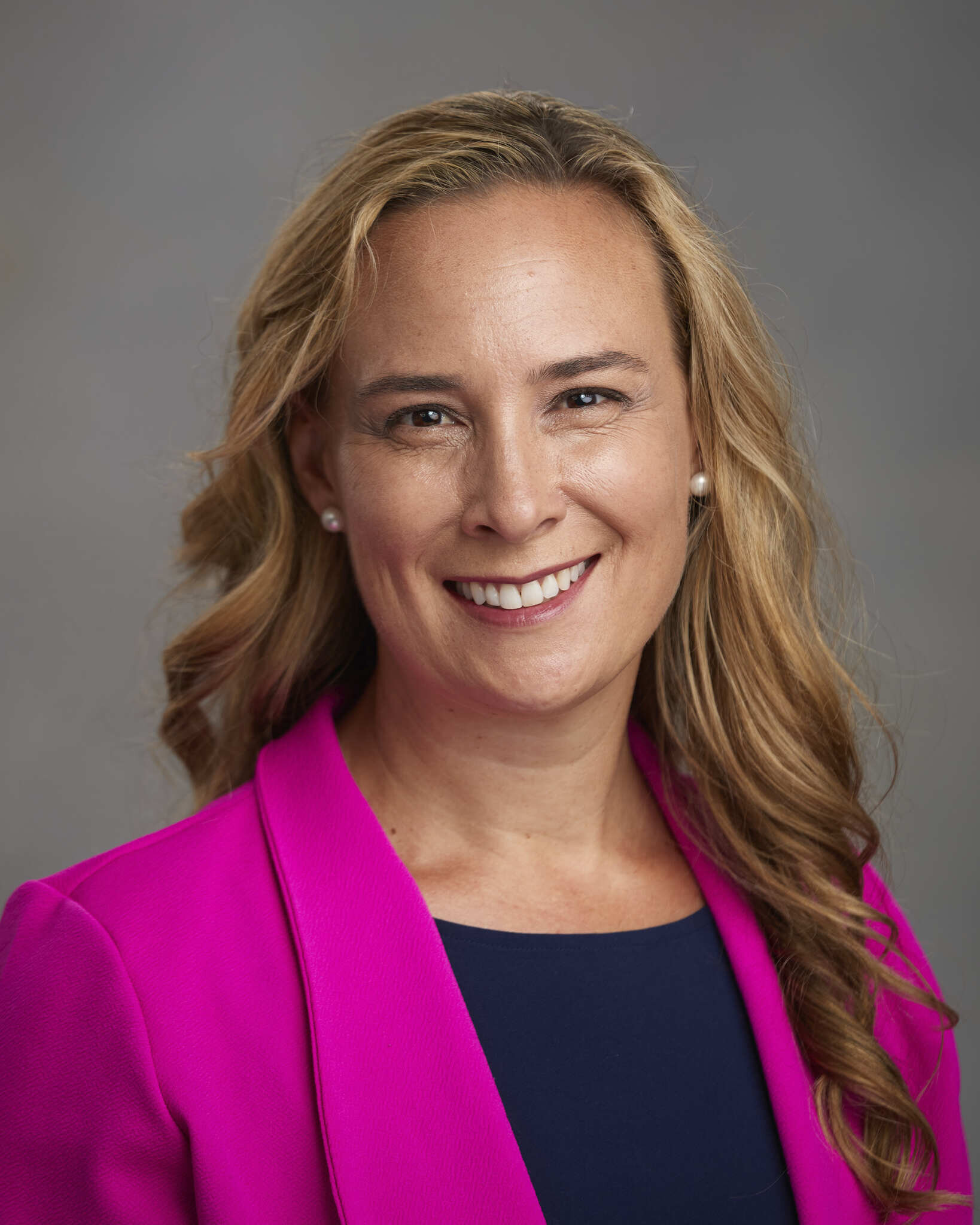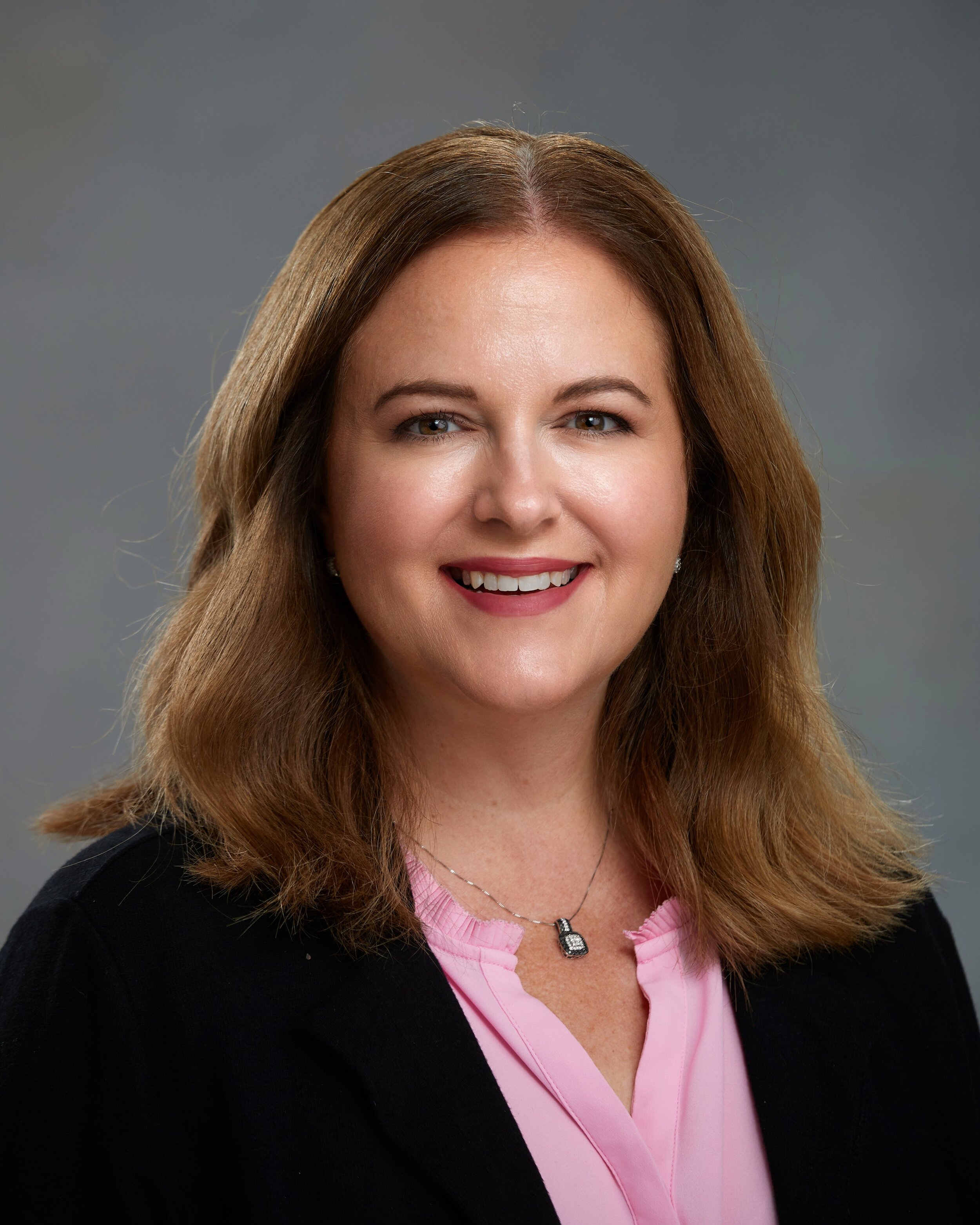5 Questions Facing Local Leaders Right Now (and 5 Creative Responses)
Local government leaders and staff are on the front lines during this pandemic. They are making tough decisions under tremendous pressure—and doing it all with dwindling budgets.
A few weeks ago, I spoke with Deputy City Managers, Elisa Cox and Lori Sassoon, who serve the mid-sized community of Rancho Cucamonga, CA, to learn how their local government has adapted during the pandemic and maintained a commitment to serve residents—no matter what.
From the beginning of the pandemic the City of Rancho Cucamonga had to respond to several important questions that cities across the country were also facing, and these questions continue to be significant today:
Do we keep our doors open or send municipal employees home?
How do we accommodate parents on our staff now juggling childcare and schooling from home?
What support do local businesses in the city need to survive this pandemic?
How do we keep in close communication with residents and get their input on the future of the city when we can’t gather in person?
And finally, can we maintain optimism and hope rather than resorting to fear-mongering?
The conversation was illuminating and, I hope, will inspire any local leader who is dealing with these same challenges now and in the future.
A Commitment to Keeping Government Up and Running
Image courtesy of the City of Rancho Cucamonga.
From the outset, Elisa Cox explains, leadership in Rancho Cucamonga wanted to do everything they could to keep local government and businesses operating. “If we stop and we put the brakes on everything, that just has a trickle down effect, especially [for] the business community,” Cox says. “When you grind to a halt—which thankfully we didn’t—it’s harder to get things going again.”
Because the city already had a number of systems in place to do everything from license businesses to issue permits to accept registration payments online or over the phone, it was relatively easy to continue to conduct the basics of city governance without risking public health. “We were well positioned to be able to do things online and have an online city hall,” Cox states. The time to put online and phone systems in place is well before an emergency like COVID, and Cox is thankful that Rancho Cucamonga had the foresight to do this work in previous years so that the city could keep operations going as much as possible.
Lori Sassoon explains, “We want to be poised for recovery and if we just shut down and abandon the house, our recovery will be that much more difficult.” While many city employees converted to working from home at the start of the pandemic, a core group of city staff have been working out of city hall, conducting appointments over the phone or in a socially distant manner from the beginning. The city didn’t want to be confronted with a massive backlog of permits, infrastructure fixes and other issues; they wanted to keep addressing these even during a crisis.
“I don’t want you to hear that we’re not taking it seriously,” Sassoon assures. “We’re not COVID deniers. We take masks very seriously. Our approach is that we’re going to be extremely careful, but we’re going to keep serving. There will be some risk, but we have to serve.”
Part of this commitment stems from the fact that, in the state of California, every government employee is designated as a “Disaster Service Worker,” meaning that, in the event of a natural disaster, they could be called upon to help. The pandemic, of course, is unlike the earthquakes and wildfires that are more typical emergencies in the state of California, but Sassoon says the mentality persists that government workers need to step up to serve, even in the face of danger.
Helping Working Parents with Flexible Options
Image courtesy of the City of Rancho Cucamonga
That service has been particularly challenged by the shut down of schools and daycares which parents rely upon to educate and care for their children while they work. Cox reports that 25% of the city staff have children they now need to care for at home.
Sassoon describes their response to this challenge as “multi-pronged” without relying on “one silver bullet solution.” The first thing Rancho Cucamonga leaders did when stay-at-home orders began was to survey parents on staff about what would be most helpful to them, whether that was working remotely, having flexible schedules, shifting their hours, or other options. “This let us see that, for most people, a combination of working remote and flexible schedules would solve many of their problems,” says Sassoon.
The city also set up daycare centers for employees and have built out options for tutoring as well. These received mixed responses as some families were wary about expanding the circle of people they came into contact with, so daycare and tutoring options have been scaled back a bit since the beginning of the pandemic. Cox, Sassoon and their colleagues are committed to continuing to try things out to see what works. “We keep asking and keep responding,” says Cox.
Tuning in to Local Business Needs
When it comes to the economic challenges of the pandemic, one creative way that the City of Rancho Cucamonga responded was to retool a city department to check in with local businesses. Sassoon says the fire code inspection team had the idea to conduct “wellness checks” on businesses to see how they were doing, ask how business was going, check in on whether they had to lay any employees off, and so on.
Fire inspectors visited hundreds of businesses during the early days of the pandemic to get status updates and figure out what support was needed, then collected this information within a municipal dashboard. The City also partnered with the local chamber of commerce to create a map of restaurants that were open for takeout and delivery.
Public Engagement During a Pandemic
Rancho Cucamonga’s city hall. Image via Wikipedia.
Like most cities, Rancho Cucamonga has also been figuring out how to listen to residents and engage them in decision-making during a time when the standard practices like public meetings are not possible.
One particular example of creative adaptation came when the Housing Element of the city’s General Plan was scheduled for an update just as the pandemic was hitting. The normal channels of communication and connection were largely inaccessible just when they were needed most. “The focus groups, the PTA meetings we would have gone to… all of those tools have pretty much become useless now,” says Cox.
So the city tried different efforts to reach people. They posted on social media, on NextDoor and in the local newspaper, advertising listening sessions and virtual focus groups. This was a learning moment, says Cox, because they only got about 50 participants from those outreach efforts.
“At the end of the day, what it came down to was, we need to make phone calls,” she explains. “We can’t just keep sending our social media requests to fill out surveys. If we can pick up the phone to say, ‘Hey would you be interested in participating in one of these surveys?’ that person to person contact [always has] value.”
After conducting outreach by phone, the city had 170 people attend the next round of conversations, a huge improvement over the first round. Sassoon and Cox keep coming back to their commitment to testing ideas, learning from each trial and then iterating with a new idea.
The City of Rancho Cucamonga has also been engaged in a financial analysis process with our friends at Urban3 to learn about the financial productivity of their land and infrastructure. As part of this project, Urban3 has been able to easily conduct public presentations online and record them for anyone who can’t attend. Cate Ryba, Chief Operating Officer and Planner at Urban3, reports that they’ve seen more attendance at these online presentations than for their typical in-person meetings.
Staying Positive During Scary Times
Image courtesy of the City of Rancho Cucamonga
One final commitment that has been important for Rancho Cucamonga during this pandemic is their dedication to staying positive. Back in the spring, “Everywhere on social media it was scary big red X’s, ‘Do Not Enter,’ ‘Business Closed,’ the sky is falling…” Cox laments. “We took a different stance from our peers. We didn’t go down the fear-mongering line. We took the approach of: yes, there’s some scary stuff going on, but we’re going to get through this together.”
Cox says the city focused public messaging on “compassion and kindness,” encouraging neighbors to check in on each other and stay connected during the pandemic.
* * *
Rachno Cucamonga’s strategies—keeping city hall open and conducting business remotely, surveying working parents to provide different childcare options, retooling a city department to address local business needs, testing different methods of public engagement, and maintaining a positive voice through it all—are something any town can learn from.
These approaches may not be the right fit for your city, but the attitude of leaders like Cox and Sassoon is worthy of consideration if you’re trying to build a stronger town.
During times like these, it’s going to take every creative idea we’ve got. That might mean reshuffling city staff to take on new and vital tasks. It might mean picking up the phone to call neighbors. It will definitely mean asking your people what they need right now in order to keep going. And testing ideas to see what works, setting aside what doesn’t, then trying the next idea—this is always a valuable strategy, pandemic or not.
FREE EBOOK: The Local Leader’s Toolkit
Your city can emerge from the pandemic stronger than ever.
The road to a prosperous recovery starts here.


















In three different states, one big idea is catching on: stop forcing parking where it’s not needed, and start building places people actually want.